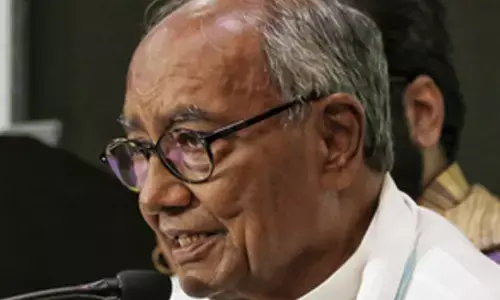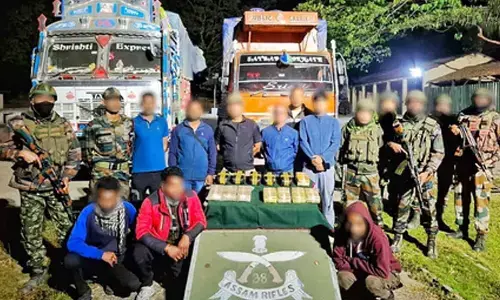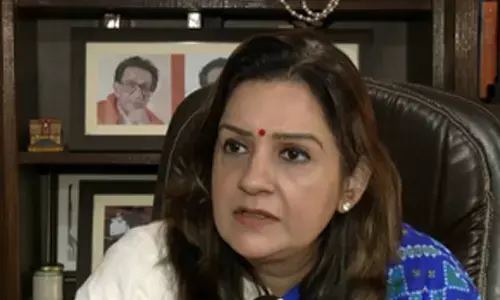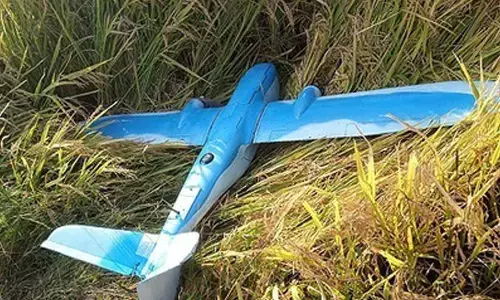What is National Emergency?

What is National Emergency. The emergency provisions are contained in part XVIII of the constitution from article 352 to 360. During an Emergency, the central government becomes all powerful and state go into the total control of the Centre.
.jpg) The emergency provisions are contained in part XVIII of the constitution from article 352 to 360. During an Emergency, the central government becomes all powerful and state go into the total control of the Centre. The Constitution stipulates three types of the Emergencies: a. An Emergency due to War, External Aggression or Armed Rebellion (National Emergency under Article 356(2)); b. An Emergency due to failure of the Constitutional Machinery in the State. This is popularly known as the president rule under Article 356; and c.
The emergency provisions are contained in part XVIII of the constitution from article 352 to 360. During an Emergency, the central government becomes all powerful and state go into the total control of the Centre. The Constitution stipulates three types of the Emergencies: a. An Emergency due to War, External Aggression or Armed Rebellion (National Emergency under Article 356(2)); b. An Emergency due to failure of the Constitutional Machinery in the State. This is popularly known as the president rule under Article 356; and c.
Financial Emergency due to threat to the financial stability or credit of India under article 360. National emergency deals with Article 352 of the Indian Constitution. President can declare National Emergency when the security of India or a part of it is threatened by war or external aggression or armed rebellion. It may noted that the President can declare a national emergency even before the actual occurrence of war or external aggression or armed rebellion, if he is satisfied that there is an imminent danger.
The 44th Amendment act 1978 substituted the word “Armed Rebellion” for “Internal disturbance”. The National Emergency was imposed on the ground of “Internal disturbance” as done in 1975 by the Congress Government headed by the Indira Gandhi. The proclamation of emergency must be approved by both House of Parliament within one month from the date of proclamation. Originally, the period allowed for approval by the Parliament was two months, but it was reduced by the 44th Amendment act 1978.
The Article 358 provides for suspension of the six freedoms guaranteed to the citizens by Article 19. It means that as soon as the proclamation of Emergency is made the freedom guaranteed by Article 19 are automatically suspend. The Article 359 empowers the President to suspend the right to enforce fundamental rights guaranteed by part III of the constitution except 20 and 21.
The Indian Emergency of 26 June 1975 – 21 March 1977 was a 21-month period, when President Fakhruddin Ali Ahmad, upon request by Prime Minister Indira Gandhi, declared a State of Emergency under Article 352 of the Constitution of India, effectively bestowing on her the power to Rule of Decree, suspending elections and civil liberties. It is one of the most controversial times in the History of Independent India, Lok Nayak Jaiprakash Narayan, a well-known scholar of law, called it one of India's "blackest hours.”
This type of Emergency was proclaimed three times in 1962, 1971, and 1975. The First proclamation of National emergency was issued in October 1962 on account of Chinese aggression in the North East Frontier Agency now Arunachal Pradesh, and was in force till 1968. Hence a fresh proclamation was not needed at the time of war against Pakistan in 1965. The second proclamation of National emergency was made in December 1971 in wake of attack by Pakistan. Even when this Emergency was in operation, a third proclamation of emergency was made in June 1975. Both the emergencies were revoked in March 1977.















